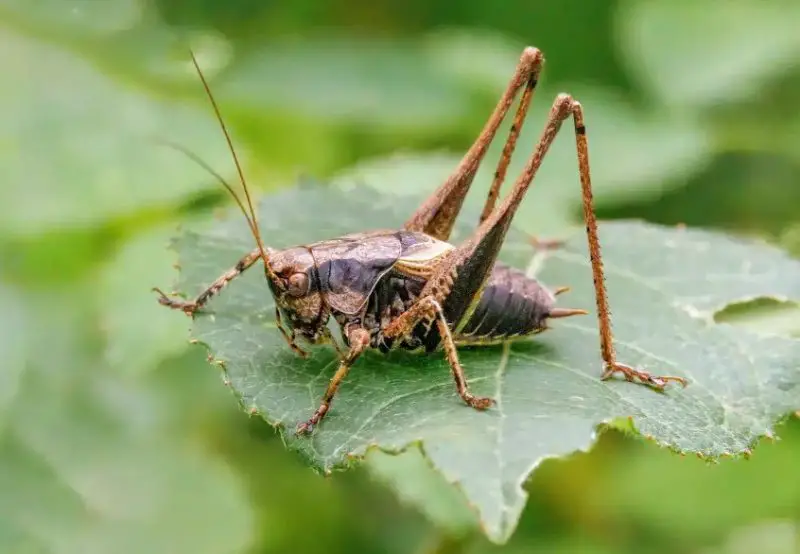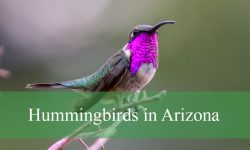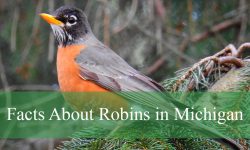Crickets are fascinating creatures known for their adaptability and diverse diet. Understanding What Do Crickets Eat can help ensure that both wild and pet crickets thrive. Whether you’re raising crickets as pets, for feeding reptiles, or simply interested in their natural diet, providing them with the right foods can make a significant difference in their health.
This article will guide you on the best foods for crickets, helping you create a balanced diet for these lively insects.
Overview of the Cricket Diet

Crickets are omnivorous, meaning they eat a variety of food sources. In the wild, their diet is highly adaptable, depending on what’s available in their environment. In captivity, however, it’s essential to provide them with a nutrient-rich diet to support their growth and activity. Let’s explore What Do Crickets Eat in both wild and controlled environments.
Natural Diet: What Do Crickets Eat in the Wild?
In the wild, crickets have access to various food sources, including:
- Plant Material: Crickets consume a wide range of plant matter, from leaves and stems to flowers and even certain fruits.
- Fungi and Algae: In damp environments, crickets are known to feed on fungi and algae. These sources offer essential nutrients that support their health.
- Other Insects and Organic Material: Crickets are opportunistic feeders and may consume small insects or decaying organic matter. This provides them with proteins that help them thrive.
Essential Nutrients for a Cricket’s Balanced Diet
To ensure crickets grow healthily, a balanced diet with the following nutrients is essential:
- Protein: Crickets need adequate protein to support growth and reproduction. Without sufficient protein, they may become lethargic and have shorter lifespans.
- Fiber: Fiber supports digestive health, especially if they’re eating fruits and vegetables.
- Vitamins and Minerals: Vitamin A, B, and calcium are crucial for their immunity and general health.
- Moisture: While crickets don’t drink water directly, they rely on the moisture content in food for hydration. Including water-rich foods is essential for preventing dehydration.
What Do Crickets Eat in Captivity?
For pet crickets or those raised as feed, it’s crucial to replicate a natural diet that’s varied and nutrient-rich. Here are some top food choices:
Leafy Greens
Dark leafy greens, like kale, spinach, and collard greens, are rich in vitamins and calcium. They provide fiber for better digestion and help maintain hydration.
Fruits
Crickets enjoy eating small portions of fruits like apples, bananas, and berries. Fruits offer both sugars for energy and moisture for hydration.
Vegetables
Carrots, sweet potatoes, and squash are great choices for crickets. They’re nutrient-dense and offer a healthy source of carbohydrates, which can keep crickets active.
Protein Sources
Offering crickets sources of protein, such as cat food pellets or fish flakes, can be a great way to increase their protein intake. This is particularly useful for crickets raised for reptile feed, as higher protein levels make them more nutritious.
Grains
Crickets can digest grains like oatmeal and bran. These grains provide them with energy and fiber and can be given in small amounts alongside vegetables.
Tips for a Healthy Cricket Diet
To ensure your crickets thrive, keep these feeding tips in mind:
- Provide Variety: Rotate the types of food you provide to mimic a natural diet. This variety helps prevent nutrient deficiencies.
- Cut Food into Small Pieces: Crickets have small mouthparts, so cutting food into small, manageable pieces helps them eat easily and reduces waste.
- Remove Uneaten Food Regularly: Food that’s left to decay can attract mold, which is harmful to crickets. Regularly clean the feeding area to maintain hygiene.
- Include Water Sources: Crickets require moisture, so it’s helpful to include moist foods like fruits and vegetables. Additionally, a shallow water dish with a sponge can offer extra hydration without the risk of drowning.
Gut-Loading: Enhancing Nutrition for Crickets as Feed
For those using crickets as a food source for reptiles, gut-loading is essential. Gut-loading is the process of feeding crickets nutrient-dense foods 24 to 48 hours before they’re used as feed. This ensures they pass on a high amount of nutrients to the animals eating them.
Good gut-loading foods include:
- High-calcium vegetables like mustard greens and turnip greens
- Protein-rich foods like fish flakes or cricket-specific diets
- Vitamin and mineral powders designed for crickets
Foods to Avoid
While crickets are not picky eaters, certain foods are best avoided:
- Processed Human Foods: Crickets don’t handle salt, sugar, or artificial ingredients well.
- Toxic Plants: Avoid feeding crickets plants or vegetables from the nightshade family, like tomatoes and potatoes, as these can be harmful.
- Citrus Fruits: These fruits can be too acidic and may disrupt a cricket’s digestion.
Cricket Feeding Schedule
Establishing a regular feeding schedule is beneficial for both the crickets and their caretakers. Feeding crickets once a day is generally sufficient. Check the enclosure daily to ensure they have access to fresh food and water sources, and remove any old or decaying food.
Frequently Asked Questions about Cricket Diet
Q: Can crickets eat dog food or cat food?
A: Yes, in small amounts. Cat or dog food, especially high-protein options, can be a useful protein supplement for crickets. However, it should not make up the entirety of their diet.
Q: How often should I clean the cricket enclosure?
A: To maintain a healthy environment, clean the enclosure at least once a week. Regularly removing uneaten food can also help reduce the risk of mold and bacteria.
Q: Is there a difference between what crickets eat in the wild and captivity?
A: Yes, crickets in the wild have access to more diverse food sources. In captivity, they rely on their caretaker for nutrition, so a balanced diet is necessary.
Q: Can I feed crickets leftovers from my kitchen?
A: While some kitchen scraps like leafy greens or small fruit pieces are fine, avoid salty, sugary, or processed foods.
Conclusion
Providing a balanced diet for crickets is essential for their health and activity. By understanding What Do Crickets Eat and following the tips above, you can ensure that your crickets, whether they are pets, feeders, or simply part of a natural ecosystem, get the nutrients they need to thrive. A well-fed cricket is more active, lives longer, and provides better nutritional value to any animals that might rely on them as a food source. Remember, a varied, fresh diet and a clean environment are the keys to a happy, healthy cricket!






